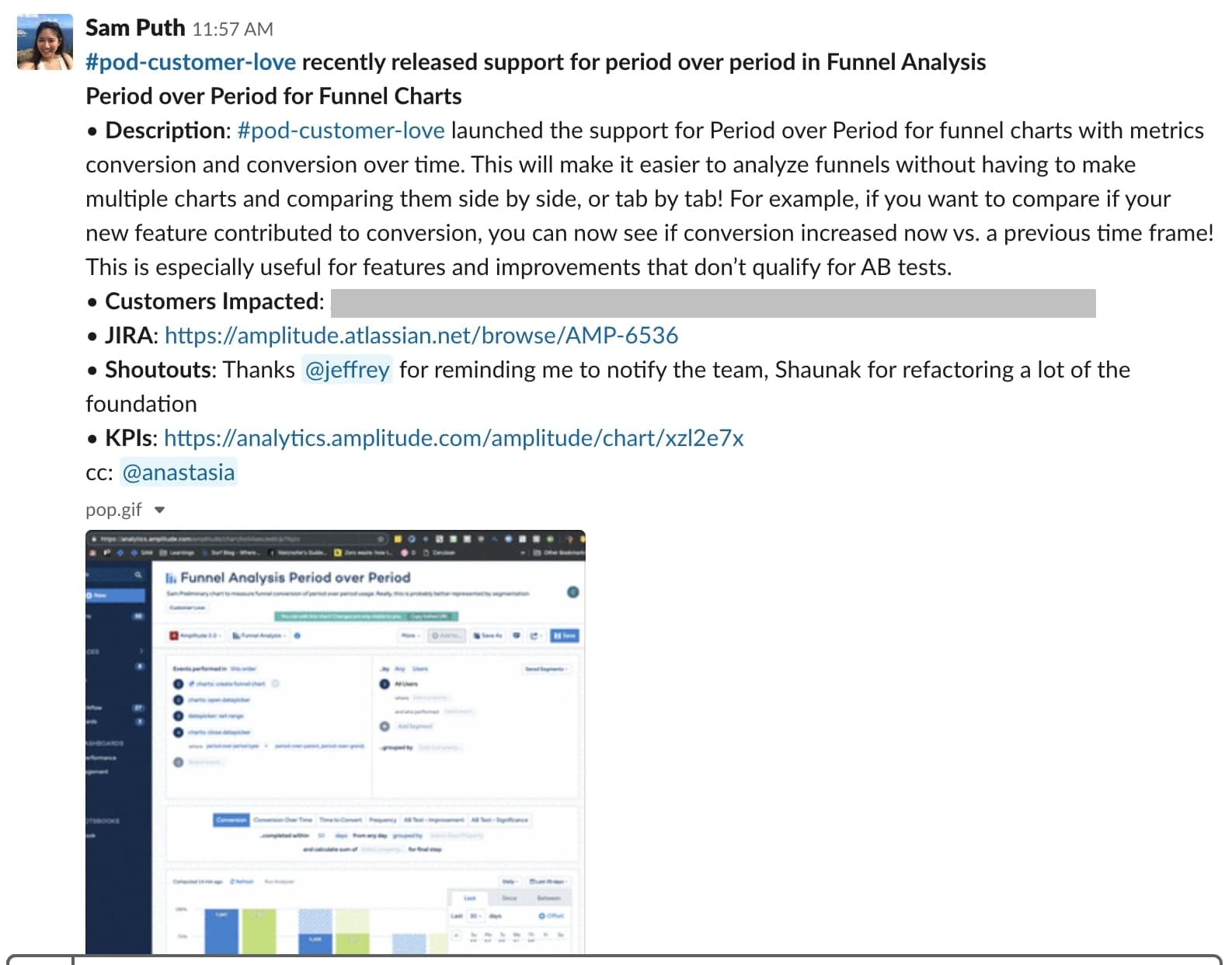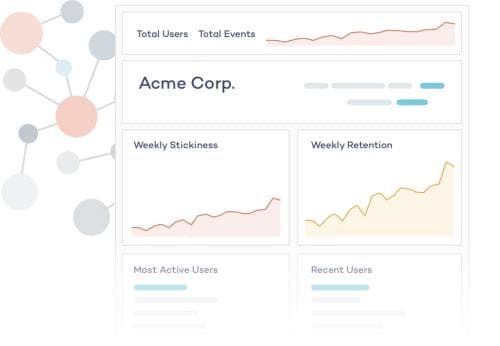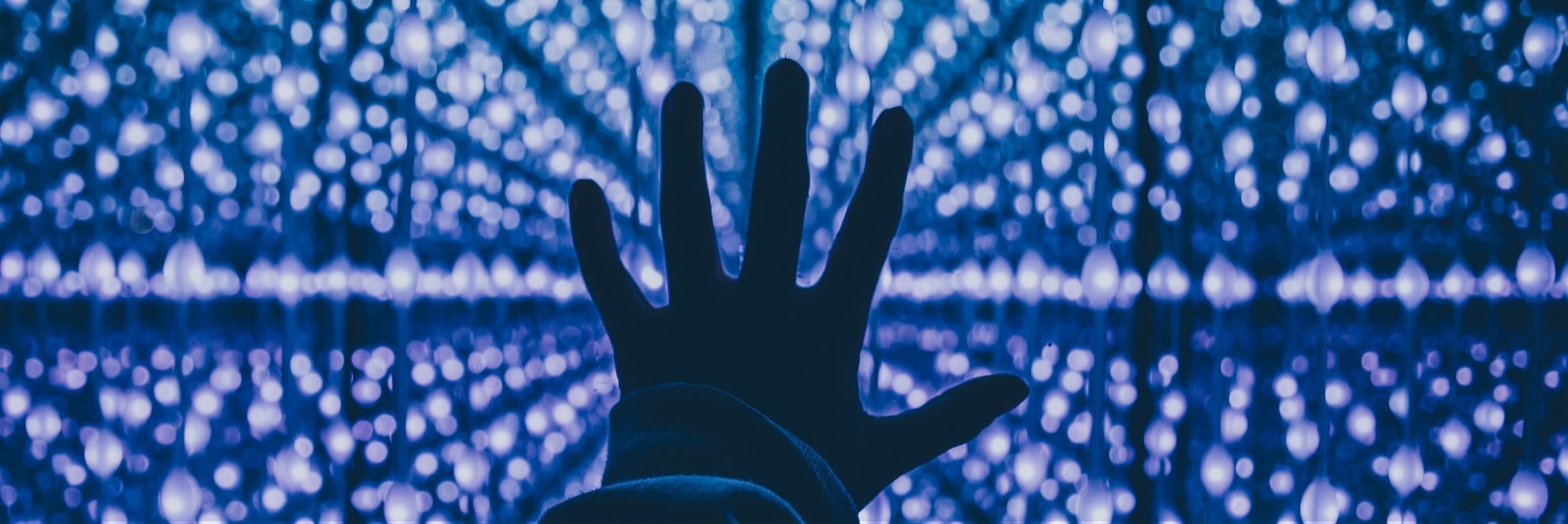5 Steps to Become More Comfortable Using Data
Let’s Admit it: Becoming data-driven is hard.
If we’re being honest, it is very difficult to create a culture that values data. I frequently see leadership teams purchase analytics software hoping that this new access will make everyone excited to use data regularly. Unfortunately, we have that good ole phrase, “you can lead a horse to water, but you can’t make it drink.”
If employees are not used to looking at quantitative information before making a decision, then they’ll probably be overwhelmed when you just suddenly give them access to data. Going off of “gut feeling” is the way that humans make most decisions and that’s understandable—it takes less brain power to go with your gut than dig into the numbers. But, as you most likely know, gut feelings when it comes to business decisions are not reliable. Teams need to use data to make better decisions.
Teams need to use data to make better decisions.
The challenge, which I’ve witnessed firsthand by working with hundreds of high-growth tech companies all over the world, is building proper support so the team can learn to use data. One of my responsibilities is to share best practices on how to leverage user behavioral data to make better decisions about their products.
In this piece, I want to share some of the most common data challenges that most companies face but don’t want to admit or are not aware of. I hope that by sharing, you will be encouraged to have more honest conversations about the current state of data and rely on each other to get better. Here’s what you can do to help create a data-driven culture at your company:
1. Integrate Data into your Everyday Language
Making data a regular part of your team conversations will keep it top of mind. When your teammates present an idea or pitch a project, ask them, “how did you explore the data in order to support your hypotheses?” or “what are the numbers that back that up?” Lead by example and make a point to include charts when you share project update or team update to the company.
Try out a goal-setting protocol such as OKRs (Objectives and Key Results) to improve your organization’s performance using data. Having well-defined company goals for all employees to see can encourage transparency around whether you’re on track to achieve those goals and why.
Try out a goal-setting protocol such as OKRs to improve your organization’s performance using data.
Formulate a North Star Metric that succinctly encapsulates what the entire company is working towards. Rather than relying on a lagging indicator like revenue, think through what leading indicators you can change today that will add up into your North Star and influence revenue down the line.
Formulate a North Star Metric that succinctly encapsulates what the entire company is working towards.
2. Teach Data Literacy
Do your colleagues want to rely more on data but don’t know what the data actually means? Many times, the Product Managers or Data Analysts that created the data plan are the only people at the company who know how to read the data. This is a much bigger blocker than you’d think in getting a company to make smarter decisions with data. I’d estimate that about only about 50% of my clients created a Data Dictionary on their own without me or one of my colleagues suggesting it. Maintaining a data dictionary is a key component in making data easier to read and understand, and I recommend that all products have one.
Maintaining a data dictionary is a key component in making data easier to read and understand.
Creating an internal Data Dictionary or Taxonomy Guide (example below) is a key part in enabling others to use more numbers. For user behavior data, the Data Dictionary or Taxonomy Sheet lists the user actions and descriptions of what each means. If you use Amplitude or AirTable, you can even include an image of the page or screen that the user action is captured on!
Having this clearly defined dictionary also makes it much faster for you to onboard new employees. Rather than your data expert sitting with each new employee for hours answering questions about data definitions, they can now be consulted in more of an ad-hoc manner when the new employee has a more complex question.

3. Establish a Data Governance Strategy
Collecting New Data
When deciding what data to collect, it’s helpful to take a step back and ask what are the business questions your team needs to answer? From there, you can decide what user actions must be tracked in order to create charts that answer those business questions. For more details on how to run through this process, check out our Data Taxonomy Playbook.
Take a step back and ask what are the business questions your team needs to answer?
One way Amplitude holds itself accountable to adding new data tracking is that we have a #Feature-Releases channel where engineers announce what they’ve shipped recently. Engineers include a KPI section with an Amplitude link where the rest of the company can see how the feature is being adopted by our users. I also appreciate that we list the impacted customers so that we keep who we’re building for top of mind, and so Success Managers can let those customers know the feature has been released.

In working with a lot of Product Teams, I see the most data-driven Product Managers include an “analytics section” at the bottom of their specs. This is where the new user actions or other data are outlined in order to measure usage of that feature. It’s also valuable to have a metrics section to outline how you will measure if that feature or experiment is successful or not.

(Metrics & Instrumentation sections from Amplitude Experiment Spec Template)
Maintaining Existing Data
Many teams find out the hard way that data must be maintained over time in order to increase the value of that data. My most data-forward clients have clear processes on how new pieces of data should be defined in order to match historical data and to keep the data trustworthy. Having a data maintenance plan should be part of your overall data governance strategy.
A data maintenance plan should be part of your overall data governance strategy.
One example of a process my customer uses:
- Add new event: mark red
- Eng instruments: mark yellow
- PM QAs and confirms accuracy: mark green

When data is messy and difficult to read, this often leads to people using the wrong data and therefore making the wrong decisions. Messy data leads to mistrust and when there’s no trust in the data, then there is no data culture possible and we need to return to step #1.
Messy data leads to mistrust.
As you can see, we’ve now returned to Step #1 and the cycle repeats. Your Data Dictionary from step #2 is a living, breathing document. It should continually be updated over time so that it’s your company’s source of truth for data definitions.
4. Sharing Data
A component of data culture that is frequently forgotten about is sharing. If your colleague discovers a revolutionary insight, but does not tell anyone about that insight, then it’s as if it was never found. You can encourage your coworkers to share data in a variety of ways:
If data is widely shared then people are more likely to be interested in data at an organization.
- Post dashboards on TV monitors in the office
- Leverage Amplitude Notebooks to tell your data story (see image below)
- Create a Data Insights Slack Channel to share interesting data finds
Amplitude has doubled-down on the importance of sharing so much so that we changed our North Star Metric from Weekly Querying Users (weekly users asking Amplitude questions) to Weekly Learning Users (weekly users creating content that is viewed by other users). If data is widely shared then people are more likely to be interested in data at an organization.

5. Team Examples for Using Data
Product Managers are one of the most obvious teams that can benefit from using data to drive decision making (or maybe we’re just biased at Amplitude). PMs can use data to explore trends in the product, test out hypotheses, and prioritize which initiatives will have the highest impact. Once features are rolled out, they can measure the adoption, engagement, and overall success to influence the subsequent projects. UX designers can leverage data to understand common product behaviors and various user personas that they should build for.
PMs can use data to explore trends in the product, test out hypotheses, and prioritize which initiatives will have the highest impact.
Customer Success/Account Management Teams can forecast client upsells and churn by monitoring account usage or engagement changes in product behaviors. They can dig into what user behavior in the product drives long-term partnerships. It’s also possible to see which accounts engage with one product, but not the other products for cross-sell opportunities. Customer Support teams can analyze what steps a user took before encountering an error message to discover the underlying issue.
Customer Support teams can analyze what steps a user took before encountering an error message to discover the underlying issue.
ref Quiz: How well do you know your users?
Marketing Teams can narrow in on quantified impact when publishing case studies. Acquisition Teams should not only focus on bringing more users to sign up, but also to converting sign ups to long-term retained users. Great marketers don’t just measure conversion, they understand what drives funnel conversion and retention. They track behavioral metrics over time to improve the ROI of their campaigns.
Great marketers don’t just measure conversion, they understand what drives funnel conversion and retention.
ref Related reading: 5 Ways Amplitude Can Supercharge Your Marketing Team.
There are many ways your team and organization can become more data-driven and have fun with it!

To Summarize
As you can see, there are many ways to become more data-driven as an organization; however, that does not mean that it’s easy. Changing a culture takes time and persistence. To recap, here are the key components:
Changing a culture takes time and persistence.
- Integrate Data into Your Everyday Language: ask for the reasoning behind a hypothesis.
- Teach Data Literacy: make it easy for everyone to find the data definitions.
- Establish a Data Governance Strategy: have a detailed process for adding and modifying existing data.
- Sharing Data: tell stories around data insights and make it easy to send out to the team.
- Team Examples for using Data: There are various ways each team can rely more on numbers. Have each team brainstorm on how data can help them make more informed decisions.
There are soft skills such as asking for more number-driven evidence in addition to hard skills like having a data governance process. This entire data initiative takes a village, but if you’ve hired a talented team, they’ll learn to adapt and come out stronger for it.

Kate Adams
Former Product Manager, Amplitude
Kate is a former product manager at Amplitude focused on improving customer adoption. She's always looking for excuses to visit new places, learn new things, and eat unusual food.
More from Kate




